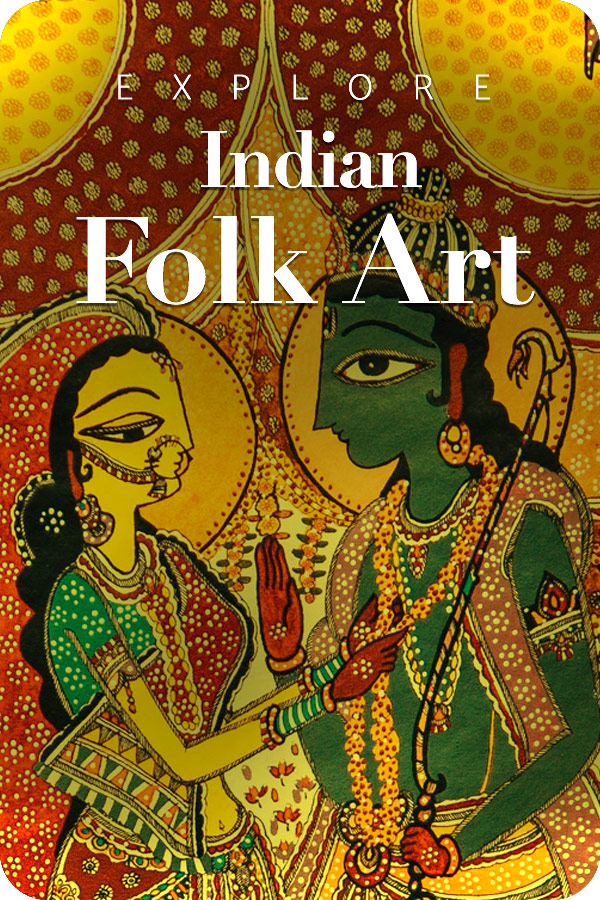
Do you know when our national flag celebrates its birthday?
India’s national flag–“Tricolor” is not just a flag or simple piece of fabric, it is the pride of every Indian citizen. To understand its significance deeply, we celebrate the birthday of our national flag on July 22, as National Flag Day. This year this day will be celebrated on Tuesday.
History of National Flag Day?
In 1906, at the National Convention of the Indian National Congress, Pingali Venkayya, the creator behind India’s national flag, strongly asserted that India should have its own national flag. His passionate call for a symbol of unity and identity deeply resonated with Mahatma Gandhi, the father of the nation, who wholeheartedly supported the idea.
Subsequently, Venkayya took the task of preparing the design of the public flag, for which he first observed and studied the flags of 30 different countries. Based on that, he initially created a flag in which Red color was included for Hindus and green color for Muslims. But, that flag did not get the acceptance of the panel.
Later, Gandhiji recommended that Venkayya include the white color in the flag. Hansraj, a prominent leader of Punjab, suggested adding a chakra[wheel] as a symbol in the flag.
Eventually, in 1931, the Indian National Congress unanimously accepted that flag made of saffron, white and green colors at the All India Conference of Karachi. Originally, there was a spinning wheel in the center of the flag, which was later replaced by the Ashoka Chakra.
Meaning of Colors in the Flag
- Saffron indicates strength and courage.
- White symbolizes peace and truth.
- Green depicts evolution and serenity.
- The blue-colored circular wheel “Ashoka Chakra”, also known as Dharma Chakra has 24 spokes that represent the virtues or principles not the religion[Dharma].
Why is July 22 is Celebrated?
On this day in 1947, the Constituent Assembly accepted the current tricolor as India’s national flag, and this decision declared by former Prime Minister Pandit Jawaharlal Nehru himself. This important event happened just a few weeks before India got independence from British colonial rule on August 15, 1947. It marks a historic milestone in India’s history.
Objective of National Flag Day
National Flag Day is about honoring its spirit. It’s main objectives are:
- Boost the sense of national togetherness and integration.
- Teach the public, students and younger generation about the legacy, importance, value and symbolism of the national flag.
- Cultivate a sense of nationalism, respect and pride towards the national flag.
- Inspire future generations to maintain the values of the national flag, secularism, which the tricolor represents.
How is National Flag Day Celebrated?
Schools and colleges across the country arrange various programs to highlight the glory and history of our national flag:
- The Tiranga is hoisted with at most respect.
- The national anthem is sung.
- Students give speeches and raise slogans in honor of the flag.
- Cultural programs and competitions like flag-making are also organized.
Takeaway
Instilling the value of the national flag from a young age ensures that tomorrow’s leaders carry forward its legacy with pride. But in order to do this, it is crucial to comprehend the significance of National Flag Day, as it will strengthen patriotism and honor, and admire the thousands of people who gave their lives to protect the nation’s independence.







